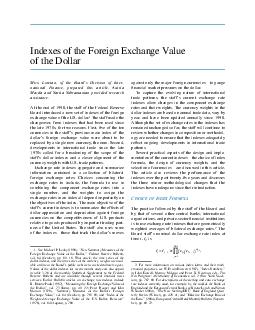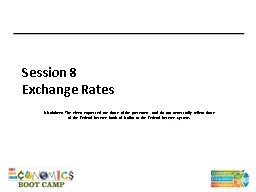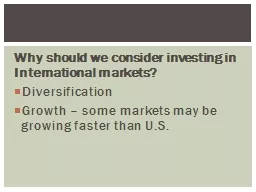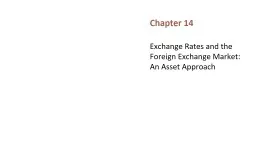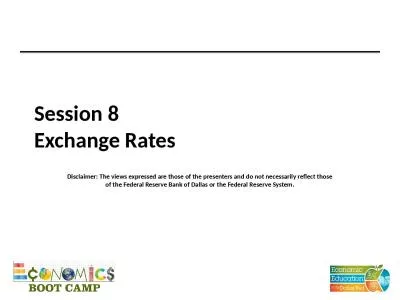PDF-Indexes of the Foreign Exchange Value of the Dollar Mico Loretan of the Boards Division
Author : liane-varnes | Published Date : 2014-11-10
Autria Mazda and Sarita Subramanian provided research assistance At the end of 1998 the staff of the Federal Reserve Board introduced a new set of indexes of the
Presentation Embed Code
Download Presentation
Download Presentation The PPT/PDF document "Indexes of the Foreign Exchange Value of..." is the property of its rightful owner. Permission is granted to download and print the materials on this website for personal, non-commercial use only, and to display it on your personal computer provided you do not modify the materials and that you retain all copyright notices contained in the materials. By downloading content from our website, you accept the terms of this agreement.
Indexes of the Foreign Exchange Value of the Dollar Mico Loretan of the Boards Division: Transcript
Download Rules Of Document
"Indexes of the Foreign Exchange Value of the Dollar Mico Loretan of the Boards Division"The content belongs to its owner. You may download and print it for personal use, without modification, and keep all copyright notices. By downloading, you agree to these terms.
Related Documents

